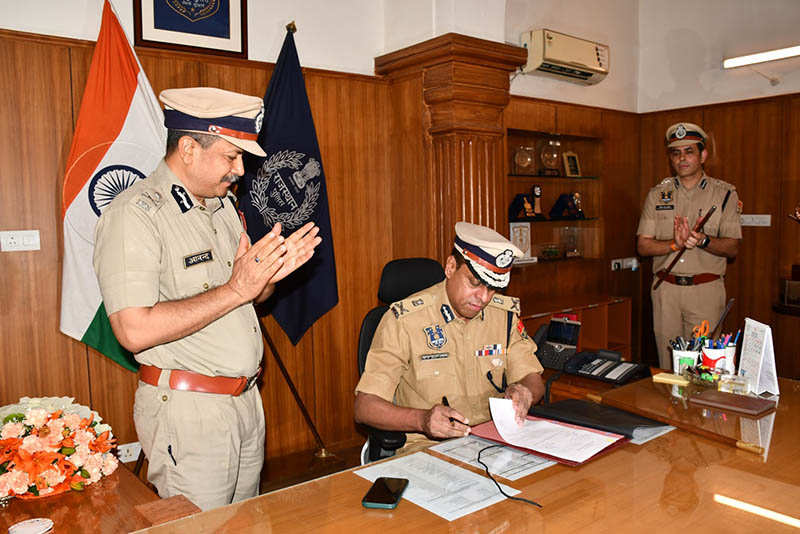Jaipur : Due to weak pre-monsoon, intense heat and heat wave in Rajasthan, the risk of locust growth has reduced this time. In the survey of the Ministry of Agriculture and Farmers Welfare, no movement of collective and single locusts was found in the desert area till the end of June. This is a relief news for the farmers. The ministry observed a total of 165 places in the survey. In the survey, soil moisture was found at some places in Bikaner, Phalodi, Palanpur and Suratgarh in the designated desert area. Green grass was seen at some places in Suratgarh and Palanpur, but the presence of locusts was not found. Some adults of locusts were definitely found in the central Sahara of Algeria. Some locust groups were seen at three places in the interior of south-eastern Iran. The ministry believes that more than normal rainfall is expected in India-Pakistan. A lesser number of adult locusts will be seen in the monsoon.
Locust breeding is not happening
The survey revealed that the conditions are not conducive for the breeding of locusts in the desert region. According to the survey, it is being predicted that locust activity will not be seen even in the coming fortnight. Experts say that most of the locust hot spots are in East Africa, which is about five thousand km away from India. Its number increases after breeding during the rainy season in Ethiopia, Kenya, Somalia, Djibouti and Uganda. After this, the locust swarm enters India via Iran, Saudi Arabia, Pakistan, Afghanistan.


